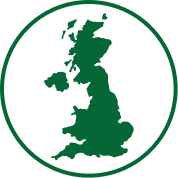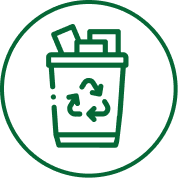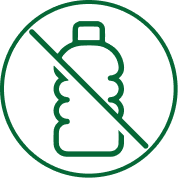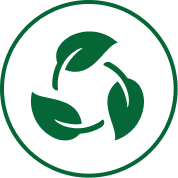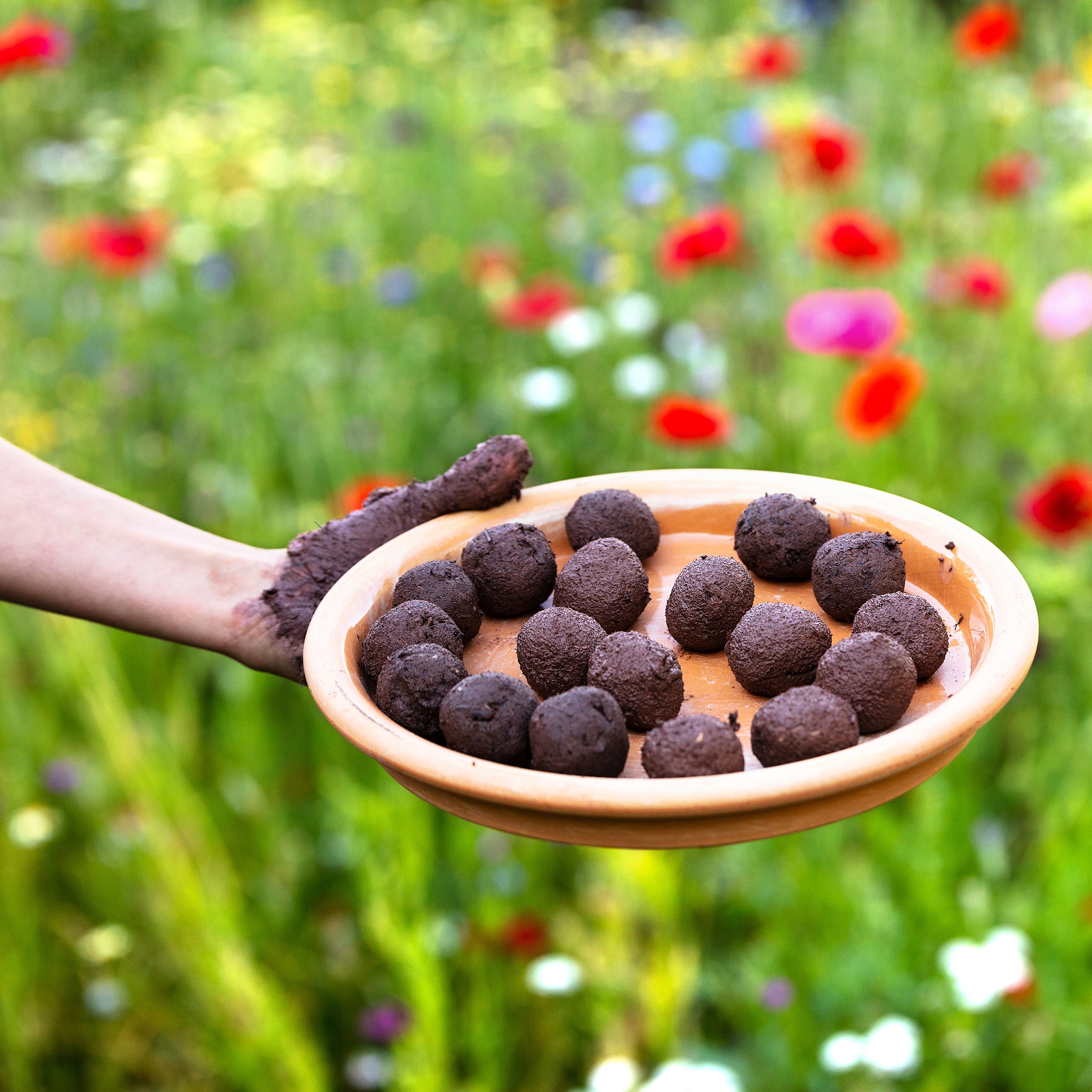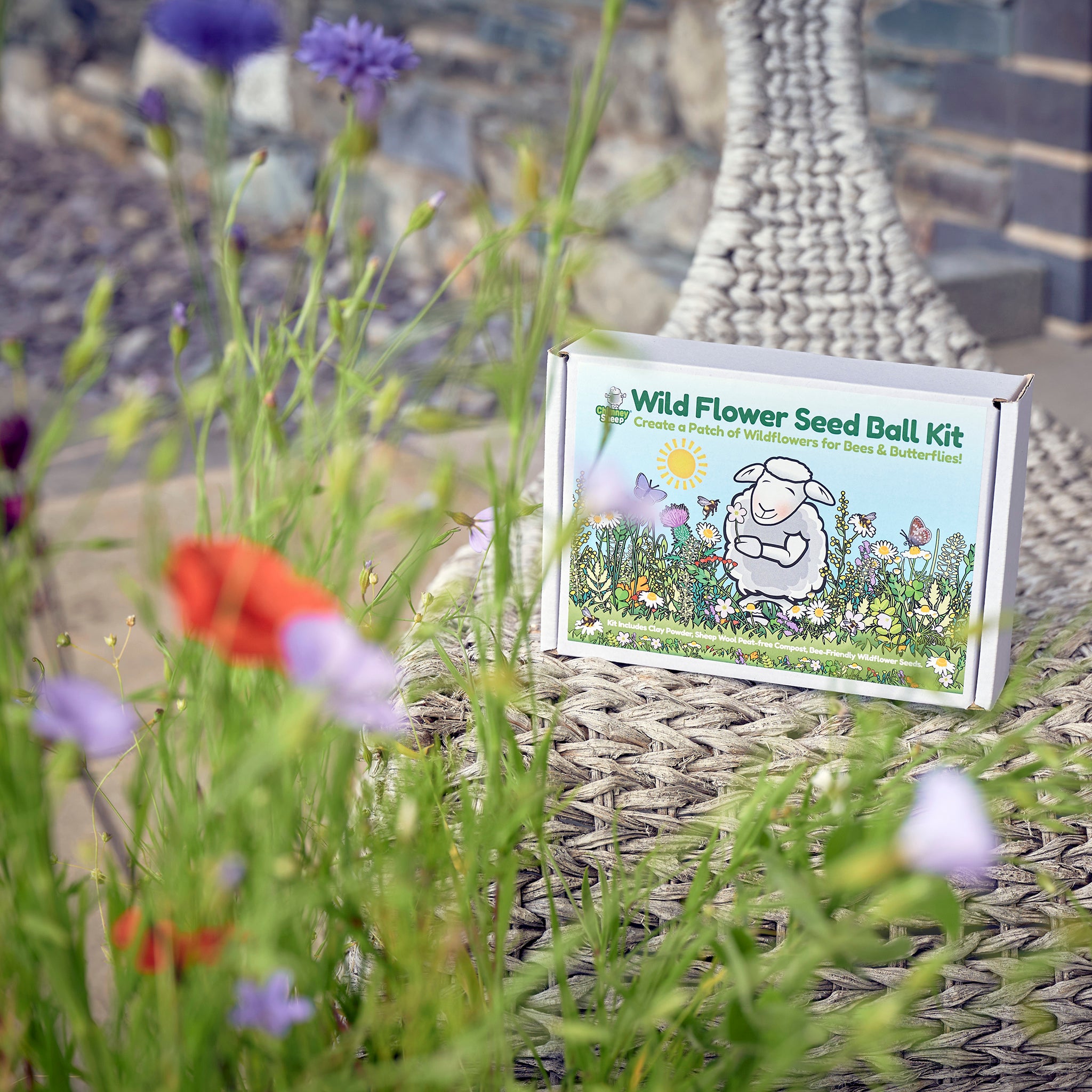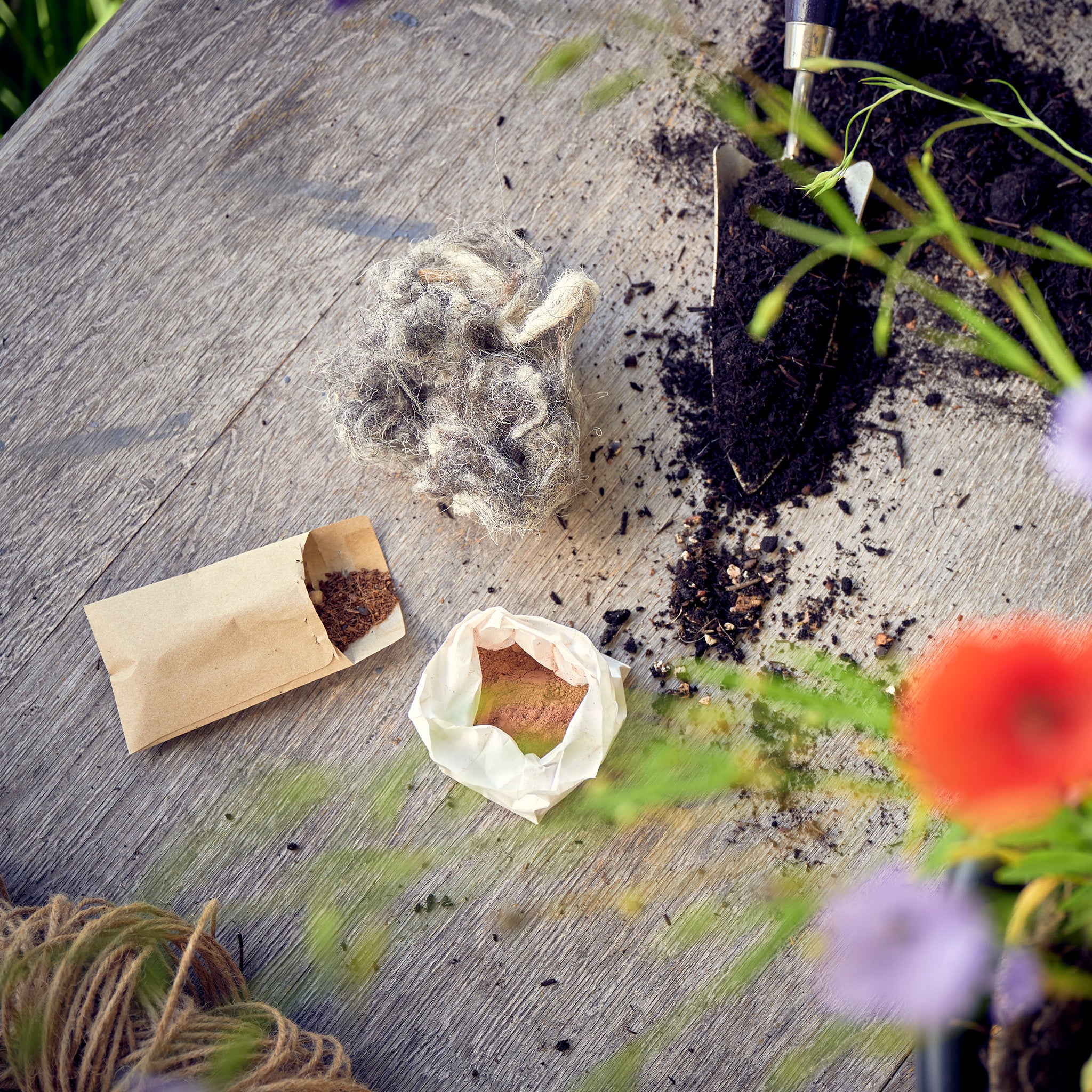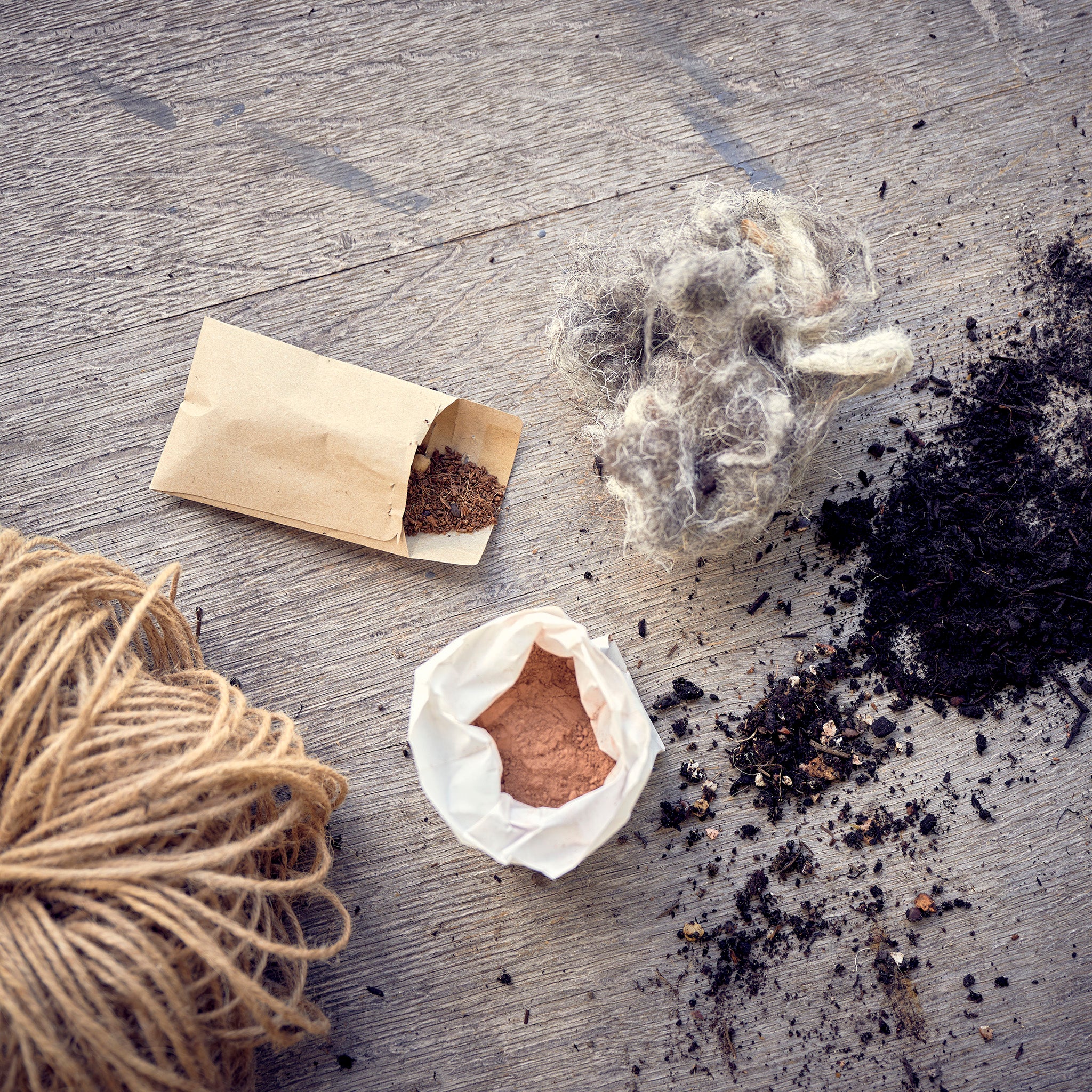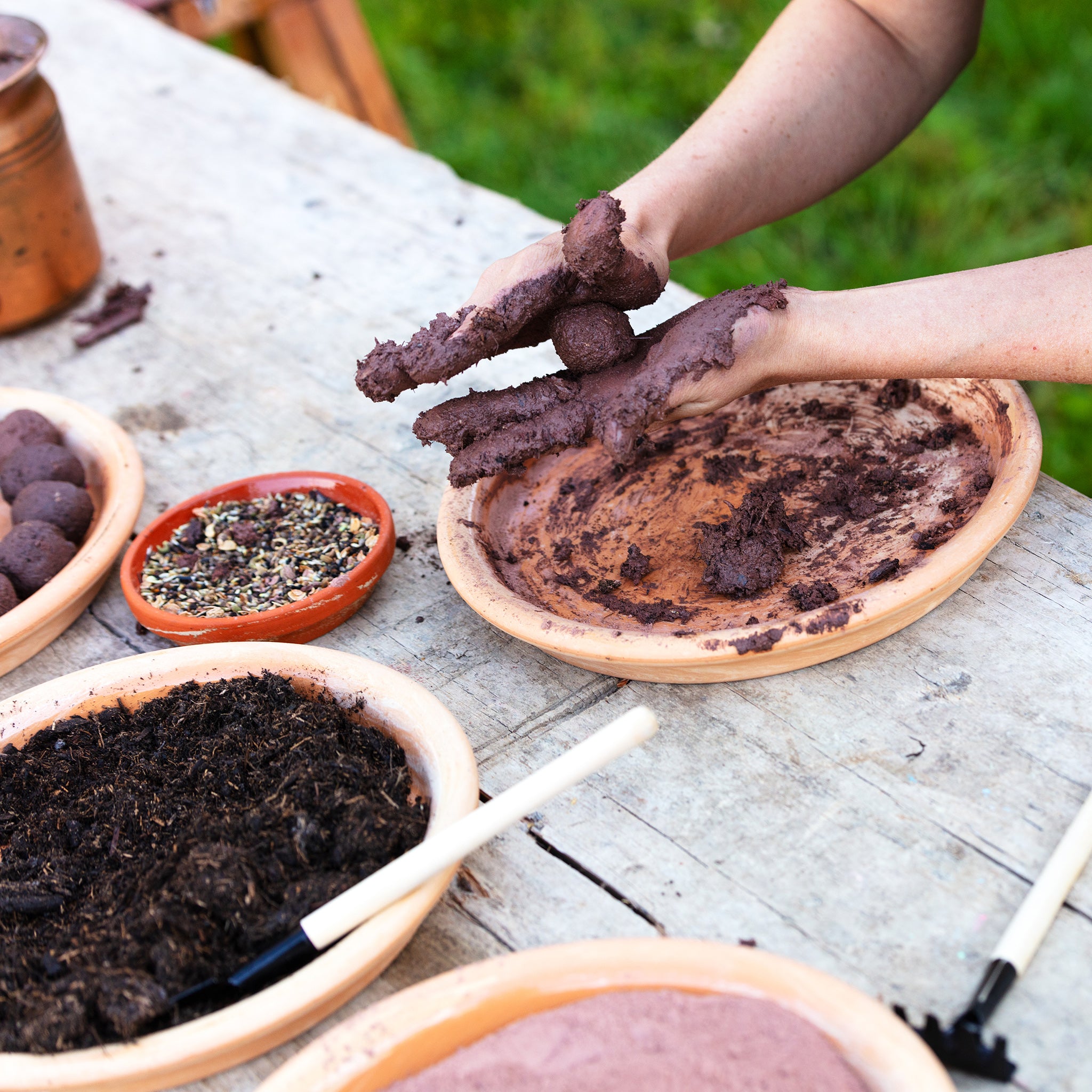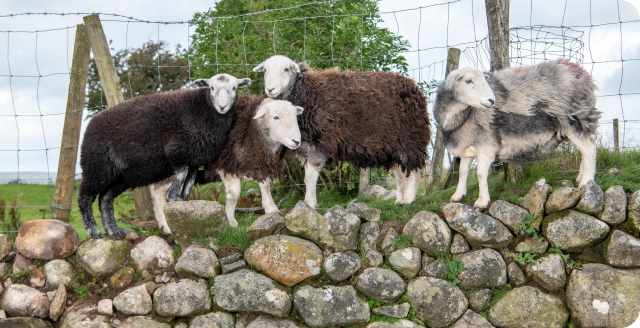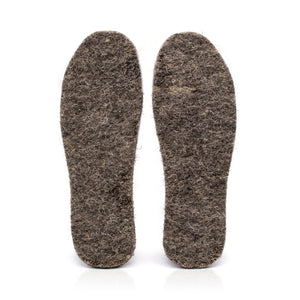Brighten the world around you with some home-made seed bombs! The mixture of clay and wool compost will dry out to preserve the seeds in perfect conditions to burst into life when they are lobbed into barren areas that could do with seeding with wildflowers. On contact with rainwater the clay-and soil mix will soften, the seeds will germinate, and within a few weeks the space will transform into a beautiful space for wildlife.
The seed bomb kit contains 22 native species of seeds - a 100% wildflower mix, perfect for seeding into existing grasslands. You can even add your own seeds into the mix. These hardy wildflowers will attract bees and butterflies, and turn neglected areas into mini nature havens.
Of course you can make your own seed bombs using natural clay, compost and wildflower seeds. Seed balls have been a recognised technique for successful germination of strong plants for millennia. Masanobu Fukuoka brought seed balls to the world's attention when he wrote The One Straw Revolution, detailing the success he had with no-till methods of agriculture and the effectiveness of seed balls. Seed balls become seed bombs when adopted by the urban guerrilla and chucked into places that will brighten and blossom from an area of dereliction to a wildlife haven.
Make the seed bombs according to the instructions below and simply chuck them where you want them to grow. The kit contains sufficient ingredients for 20 – 30 bombs. The success of the seeds will depend a bit on the soil they land on, so try to throw them somewhere that looks like it will support wild flowers if given the chance. Instructions:
- Put the wool compost, clay and seeds into a bowl and mix them thoroughly.
- measure out 50ml of water and mix it in.
- take a small amount of the mix and roll it into a ball about 2cm across.
- leave them to dry somewhere at a temperature of around 25°. Keep them in the dark so they don’t germinate early. Try to make sure they stay evenly moist while drying out – rotate them a bit if you need to.
That’s it, you’re ready to go! Try to launch the bombs between March and June, when they stand the best chance of germinating and growing.
Ingredients: Clay powder, wool compost (organic and Soil Association approved), seeds (a mix of 22 native wildflowers).
Guerrilla gardening is great but every guerrilla must take responsibility for his or her actions when taking action in public spaces.
So why wool compost for our seed bomb kit?
Our wool compost is sourced from a small farm in the Lake District, local to us! All the compost is Soil Association approved for organic growing.
Natural wool compost is largely composed of composted wool and other locally sourced natural material such as bracken.
This compost has a finer texture with great drainage - the perfect start for seeds.
The wool contents of the compost provides a slow release of nitrates - essential for plant growth.
Our wool compost has been shown to be just as effective as other peat containing composts.
All our compost is 100% naturally and ethically sourced and PEAT FREE!
It's important to choose Peat Free, but why?
Peat bogs take several thousand years to form, absorbing significant amounts of CO2 and providing a habitat for hundreds of different species of wildlife, they also has an important role in water management (they hold 20 times their weight in water)!
Composts that contain peat require peat bogs to be harvested, this destroys precious habitats, and depletes important carbon stores. Peat actually contains more carbon than the combined forests of Britain, France and Germany!
Peatlands are also often the home for many scarce animals and plants, which aren't found in any other type of habitat.
Lots of peatland has been damaged through extraction (for products such as compost), drainage and over grazing - therefore it's important to support attempts to restore peatlands and use alternative products that don't use up this precious resource.
Brighten the world around you with some home-made seed bombs! The mixture of clay and wool compost will dry out to preserve the seeds in perfect conditions to burst into life when they are lobbed into barren areas that could do with seeding with wildflowers. On contact with rainwater the clay-and soil mix will soften, the seeds will germinate, and within a few weeks the space will transform into a beautiful space for wildlife.
The seed bomb kit contains 22 native species of seeds - a 100% wildflower mix, perfect for seeding into existing grasslands. You can even add your own seeds into the mix. These hardy wildflowers will attract bees and butterflies, and turn neglected areas into mini nature havens.
Of course you can make your own seed bombs using natural clay, compost and wildflower seeds. Seed balls have been a recognised technique for successful germination of strong plants for millennia. Masanobu Fukuoka brought seed balls to the world's attention when he wrote The One Straw Revolution, detailing the success he had with no-till methods of agriculture and the effectiveness of seed balls. Seed balls become seed bombs when adopted by the urban guerrilla and chucked into places that will brighten and blossom from an area of dereliction to a wildlife haven.
Make the seed bombs according to the instructions below and simply chuck them where you want them to grow. The kit contains sufficient ingredients for 20 – 30 bombs. The success of the seeds will depend a bit on the soil they land on, so try to throw them somewhere that looks like it will support wild flowers if given the chance. Instructions:
- Put the wool compost, clay and seeds into a bowl and mix them thoroughly.
- measure out 50ml of water and mix it in.
- take a small amount of the mix and roll it into a ball about 2cm across.
- leave them to dry somewhere at a temperature of around 25°. Keep them in the dark so they don’t germinate early. Try to make sure they stay evenly moist while drying out – rotate them a bit if you need to.
That’s it, you’re ready to go! Try to launch the bombs between March and June, when they stand the best chance of germinating and growing.
Ingredients: Clay powder, wool compost (organic and Soil Association approved), seeds (a mix of 22 native wildflowers).
Guerrilla gardening is great but every guerrilla must take responsibility for his or her actions when taking action in public spaces.
So why wool compost for our seed bomb kit?
Our wool compost is sourced from a small farm in the Lake District, local to us! All the compost is Soil Association approved for organic growing.
Natural wool compost is largely composed of composted wool and other locally sourced natural material such as bracken.
This compost has a finer texture with great drainage - the perfect start for seeds.
The wool contents of the compost provides a slow release of nitrates - essential for plant growth.
Our wool compost has been shown to be just as effective as other peat containing composts.
All our compost is 100% naturally and ethically sourced and PEAT FREE!
It's important to choose Peat Free, but why?
Peat bogs take several thousand years to form, absorbing significant amounts of CO2 and providing a habitat for hundreds of different species of wildlife, they also has an important role in water management (they hold 20 times their weight in water)!
Composts that contain peat require peat bogs to be harvested, this destroys precious habitats, and depletes important carbon stores. Peat actually contains more carbon than the combined forests of Britain, France and Germany!
Peatlands are also often the home for many scarce animals and plants, which aren't found in any other type of habitat.
Lots of peatland has been damaged through extraction (for products such as compost), drainage and over grazing - therefore it's important to support attempts to restore peatlands and use alternative products that don't use up this precious resource.

